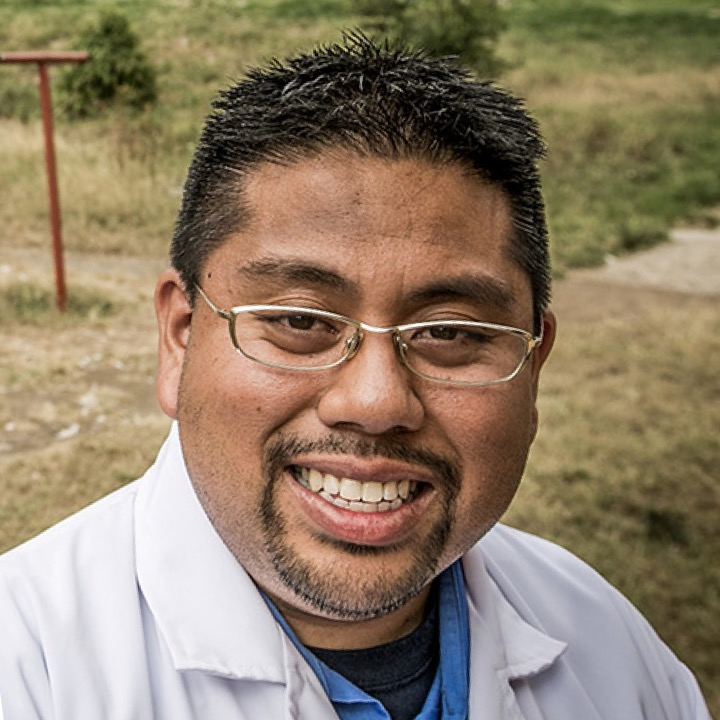Are you capable of research to develop and use innovative genomic and bioinformatics tools with an emphasis on human pathogens and their interactions with the host and microbiome? If so, apply to join the Genomic Centers for Infectious Disease (GCID) Program through the notice of funding opportunity (NOFO) Genomics Centers for Infectious Diseases (U19, Clinical Trial Not Allowed).
Despite substantial progress in the use of sequencing in both clinical and research settings, significant obstacles continue to hinder the use of sequencing for all infectious diseases, including in the areas of diagnostics, therapeutics, microbial-host interactions, and fundamental genomics. The GCID Program aims to develop and advance approaches in genomic technologies, computational tools, and large-scale data analysis over a broad range of pathogens. These efforts will continue to support NIAID’s efforts to understand and respond to high-priority, emerging infectious disease threats.
Research Objectives and Scope
The overarching research objectives of the GCID Program are to 1) develop cutting-edge technologies and critical computational tools using genome-scale methods; 2) develop methods and protocols to successfully use high-throughput sequencing and genomic technologies to study infectious diseases, including host-microbiome interactions; and 3) advance genomics in clinical and basic research for different pathogens, including those with more complex genomes, and emerging pathogens during epidemic and pandemic disease outbreaks.
Applicants’ proposed research approaches should be innovative and provide rapid and cost-efficient production of high-quality sequences. NIAID expects projects that incorporate emerging technologies in all areas of genomics, with a basic and translational scope, and use of clinical samples obtained through collaboration.
Below are example research areas that are of interest to NIAID:
- Systematic, genomic-scale approaches, including bioinformatic tools and methods that help understand pathogens and gene functions.
- Research to evaluate genetic variations in human pathogens and across the human and animal reservoir genomes to identify genetic associations with observable phenotypes in the pathogen and human host.
- Computational tools and metagenomic approaches to better understand microbial populations, communities, their interactions, and common traits across taxa as it relates to infectious diseases.
- New and innovative genomic, transcriptomic, and computational methods to explore and advance genomic epidemiology to understand pathogen and vector evolution, the development of drug resistance, and disease transmission.
- Emerging technologies to explore unknown areas and aspects of pathogen or vector genomes, e.g., non-coding regions, post-transcriptional modifications, areas of hyper-evolution, genome copies, and their role in pathogenesis, transmission, and disease.
Conversely, applications that include the following types of studies will be considered nonresponsive and NIAID will not review them:
- Studies that focus exclusively on genomic technology development without using technology to sequence and characterize human pathogens and/or their interaction with the host.
- Studies that do not have genomic technology development and propose only hypothesis-driven research projects.
- Studies that focus exclusively on the host immune response.
- Studies proposing genome editing of human embryonic stem cells.
- Clinical trials.
- Studies on HIV or AIDS.
GCID Program Components
The Program shall consist of an Administrative Core; four research projects, each addressing a different human pathogen group (i.e., one project each from viruses, bacteria, fungi, and parasites and vectors); one Technology and Data Core; and up to one optional Scientific Core. The Technology and Data Core will support all research projects.
Applications that do not include the required components will be considered nonresponsive and will not be reviewed.
This initiative will also support Collaborative Pilot Projects for small-scale studies in areas of shared scientific or technological interest among the funded GCIDs, and of benefit to the broader scientific community. The Administrative Core will identify projects with input from the Administrative Core Leader and in consultation with NIAID.
Likewise, the initiative will support Emergency Response Projects to develop critical genomics-based technological tools, methods, and studies that advance our understanding of pathogens during pandemic and epidemic outbreaks. Such projects will be identified by the Administrative Core and its leaders, in consultation with NIAID.
Budget and Award Information
Applicants may propose up to $2.85 million in annual direct costs, which includes up to $50,000 in direct costs for one Collaborative Pilot Project. Still, application budgets need to reflect the actual needs of the work proposed in the application. The scope of the proposed work should determine the project period; the maximum period is 5 years.
Applications are due on June 2, 2023, by 5 p.m. local time of your applicant organization.
For inquiries, contact Dr. Inka Sastalla, NIAID’s scientific/research contact, at inka.sastalla@nih.gov or 301-761-6431. Send peer review-related questions to the contact designated in Section VII. Agency Contacts.



